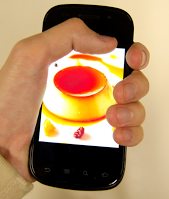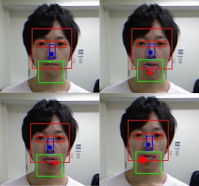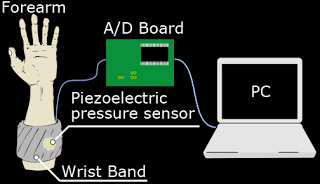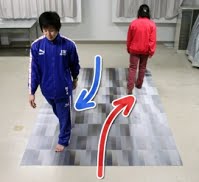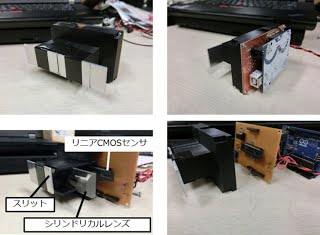Pseudo-haptic feedback on softness:柔らかさの錯触覚に関する研究
In most of the research on pseudo-haptic feedback, subjects’ hands are on the desk and the visual image is provided from a monitor placed in front of them. The setup easily induces sensory conflicts for pseudo-haptic feedback between visual and haptic perception. However, subjects rarely see simultaneously their hand in motion and in a visual display. We report here our preliminary study on pseudo-haptic feedback related to tactile perception of softness. In the study, subjects hold a hand-held display with pressure sensors. A virtual object shown on the display screen changes shape according to pressures from the subject’s squeezing of the device. In this configuration, subjects are able to see
